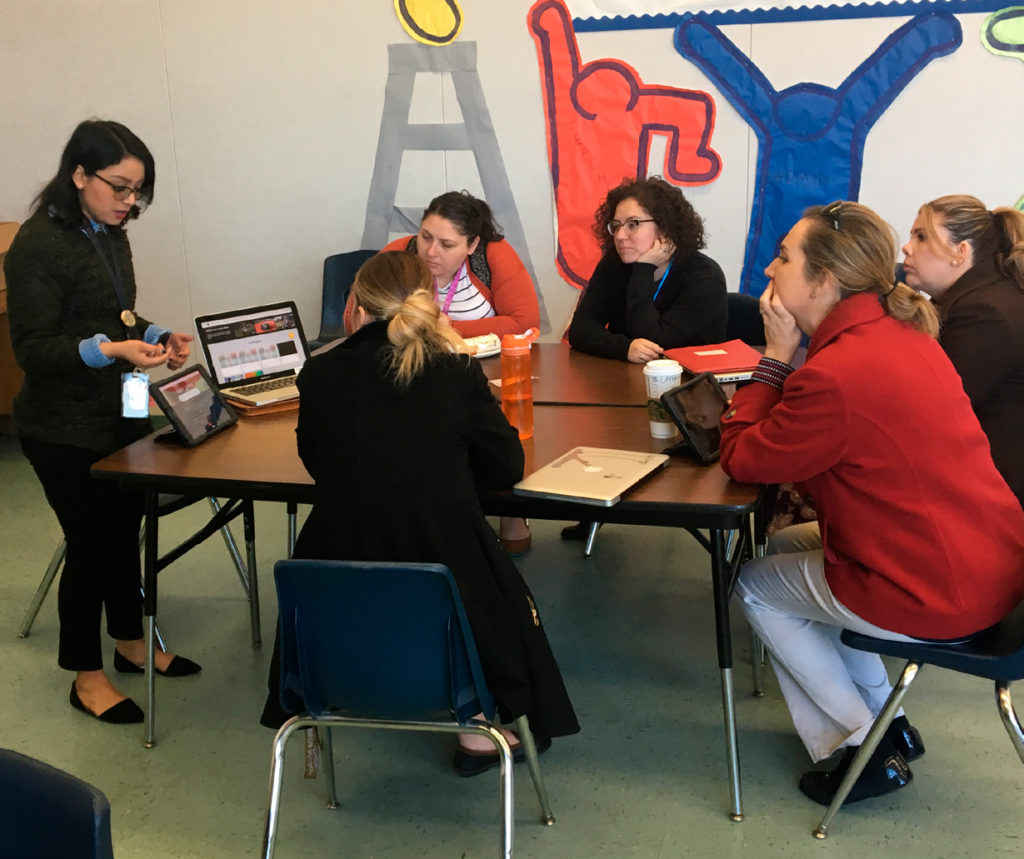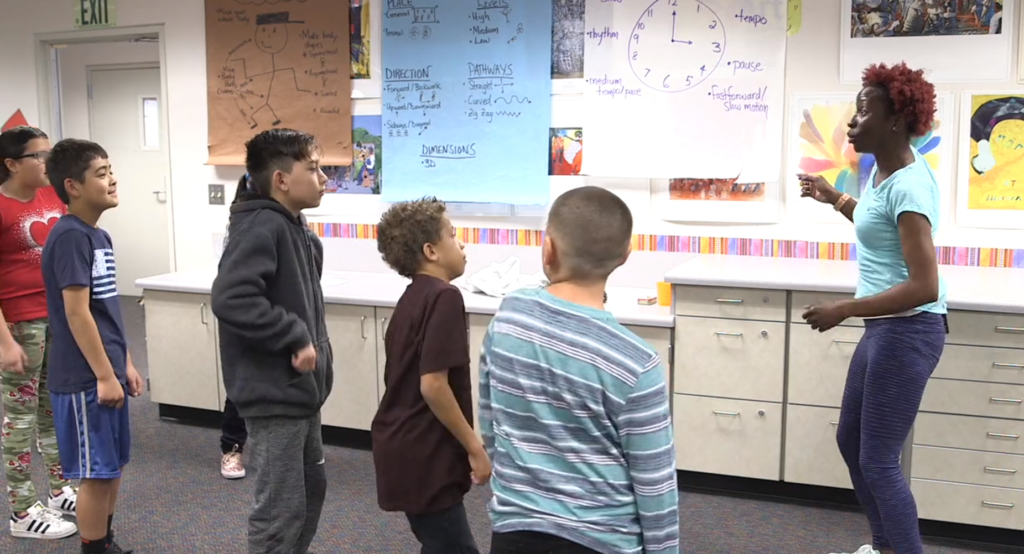
Well-trained, supported and empowered educators are at the heart of the success of seven school districts bucking the trend when it comes to achieving educational equity, according to the new Learning Policy Institute (LPI) report, “Closing the Opportunity Gap: How Positive Outlier Districts in California Are Pursuing Equitable Access to Deeper Learning.”
The report spotlights school districts where students are “consistently outperforming students of similar racial/ethnic backgrounds from families of similar income and education levels in most other California districts” — or positive outliers, districts where students exceeded their expected achievement, after accounting for their socioeconomic status.
The districts showing marked progress toward closing the opportunity gap are Chula Vista Elementary School District, Clovis Unified School District, Gridley Unified School District, Hawthorne School District, Long Beach Unified School District, San Diego Unified School District and Sanger Unified School District.
“ The success that Sanger Unified has experienced has just as much to do with [educators’] hearts and selfless giving of time as it does with the programs that have been put into place.”
— Bonnie Gonzalez, Sanger Unified Teachers Association first vice president
LPI’s analysis of each of the districts and their paths to equitable learning found numerous commonalities in their strategies, approaches and principles guiding their pursuit of equity:
- A widely shared, well-enacted vision that prioritizes learning for every child.
- Instructionally engaged leaders.
- Strategies for hiring and retaining a strong, stable educator workforce.
- Collaborative professional learning that builds collective instructional capacity.
- A deliberate, developmental approach to instructional change.
- Curriculum, instruction and assessment focused on deeper learning in a process of continuous improvement.
- Systemic supports for students’ academic, social and emotional needs.
- Engagement of families and communities.
“Rapid and dramatic change in California’s education system provided an excellent incubator for school districts to make changes to improve instructional quality and equity,” says LPI President Linda Darling-Hammond. “We hope that other school districts and states will focus on the lessons from these case study school districts to ensure all students have access to deeper learning regardless of the size, location and wealth of the district where they go to school. We know it can be done.”
The LPI report and related case studies are available at Learning Policy Institute.
Sanger
In Sanger Unified, LPI researchers noted a long-term investment in a stable, well-prepared teaching force, a culture of collaboration among and support for teachers, and professional learning communities (PLCs) at all levels for continuous improvement. The report notes that SUSD first adopted PLCs in 2005, but it took Sanger Unified Teachers Association (SUTA) making PLCs a bargaining priority for them to be contractually protected.
Bonnie Gonzalez, SUTA first vice president and seventh and eighth grade English teacher, says the local association successfully negotiated PLC language into the collective bargaining agreement in 2015, later enhancing that language in 2017 to protect educators’ PLC time. Gonzalez says the tireless dedication of Sanger educators and their strong collective voice as SUTA are the driving forces behind many of the programs that the LPI report spotlights as being especially important to equitable student outcomes.
“SUTA members give many hours beyond the duty day — often without compensation,” she says. “The success that SUSD has experienced has just as much to do with [educators’] hearts and selfless giving of time as it does with the programs that have been put into place.”
Among SUTA’s ongoing efforts to ensure SUSD continues to close the achievement gap, according to Gonzalez:
- Advocating for competitive compensation to attract and maintain quality teachers.
- Advocating for SUTA members who are part of the “leadership pipeline,” especially in relation to their time.
- Fighting to maintain lower class sizes.
- Negotiating to protect special education teachers’ time, as many of them have been recruited into the Multi-Tiered Systems of Support (MTSS) process. In addition to their caseloads, they are responsible for Response to Intervention (RTI) students.
- Negotiating language to protect PLC time when site meetings were infringing upon it.
Chula Vista

In Chula Vista Elementary, the largest elementary district in the state, the LPI report spotlighted the district’s “interdependence philosophy,” an approach to continuous improvement that balances the respective roles of district and schools. LPI researchers found that CVESD’s investment in capacity-building and focus on marginalized students enabled the district to support teachers with programs and practices that improve learning environments and meet the unique academic needs of its students.
Susan Skala, president of the 1,500-member Chula Vista Educators, says that while she is excited about the great work in Chula Vista being highlighted as a model for districts across the state, she feels that the report focused on district administration voices and didn’t include the important and integral role played by dedicated and talented educators.
“We look forward to having a more collaborative relationship with CVESD leadership to maintain and build upon these impressive teacher-driven results,” Skala says.
How to Support Student Learning
BASED ON practices enacted by positive outlier districts that contribute to supporting student learning, the LPI report recommended five areas for policy work at the state, federal and district levels:
- Develop a stable supply of well-prepared, instructionally engaged teachers and leaders.
- Support capacity-building for high-quality instruction and focused instructional change.
- Use assessments and data strategically to support continuous improvement.
- Create coherent systems of support based on student needs, including academic, social and emotional learning.
- Allocate resources for equity.

Jamila Demby, dance teacher at Otay Elementary and Chula Vista Educators member, moves with her students.
Arts Education Improves Outcomes
Watch “Something’s Happening in Chula Vista,” a short film by the California Alliance for Arts Education that explores the value of arts education in Chula Vista Elementary School District. The district has invested in arts education as a strategy to improve student outcomes and address the needs of its 30,000 children (one-third of students are English learners, and half participate in the free and reduced price lunch program).
The Discussion 0 comments Post a Comment